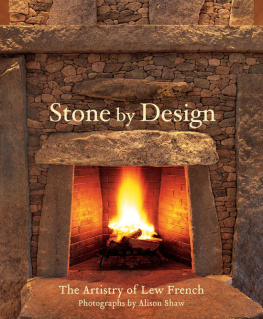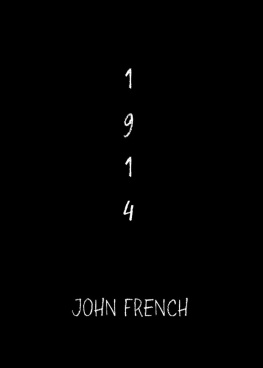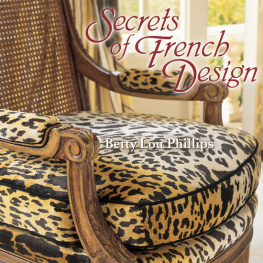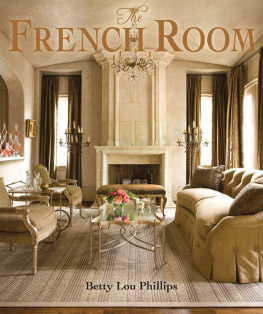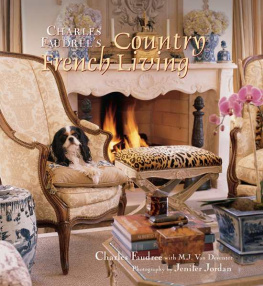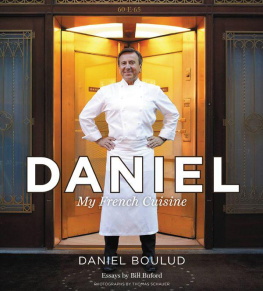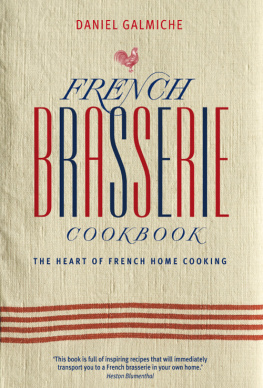Preface
Checking my answering machine after coming home from work one day, I found a message from Madge Baird, editor for Gibbs Smith, Publisher. Madge was contacting me after having seen a feature article on my stonework in the August 2000 issue of House Beautiful magazine. She asked me if I would be interested in having a coffee-table book of my stonework published. After our conversation, I thought seriously about the proposal. Finally, four years later, I have decided to do it. The problem I face is that I am basically a private person. By publishing my lifework, I am definitely revealing myself to a broader public than Marthas Vineyard. The island is where most of my work is. Here is where I feel comfortable with who I am and what I do. Showing so much of my work in one book through Alison Shaws images is exposing enough, but also being asked by Madge to write about the workexplain to strangers with words what these stone pieces, the things that I build, mean to meI find even more daunting.
However, although the physical work manifested in these pictures is the purpose of this book, I realize that it is quite a different thing to see these tactile pieces of stonework in person than to see them in a photo, no matter how fine the photograph. It is this realization that has encouraged me to tell the stories and process behind these pieces.
Ironically, while I sit here putting pen to paper to say This is what I think, the most difficult aspect of what I do is to try not to think. Clearing my mind is a challenge, but I have found that this is when my best works and ideas transpirewhen my mind is calm and clear.
As you read through this book, I hope you will sense not only the power stone has, but also the personal way it becomes part of a landscape or a home and then peoples lives.
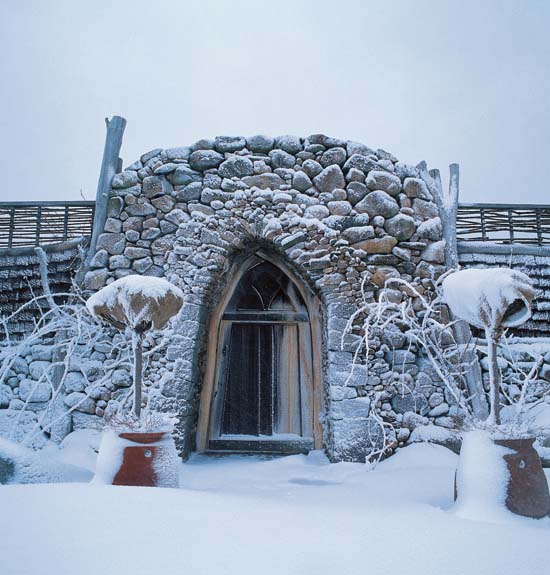
A blanket of fresh snow covers the winter landscape of a walled garden.
Acknowledgments
First, I would like to thank my family for their patience and support during the process of making this book: Asa and Truman, how fortunate I am to have you both for sons; my sister, Lisa, her husband, Scott, and their children, Carrie and Bill.
A special thanks to Claudia Macedo for her input, encouragement, and understanding, not only throughout the development of this book, but also during the past four years of our relationship.
I am deeply grateful to my mom, Doris, who helped me with the spelling and rewriting of my original manuscript, transforming it into a more legible piece of work.
My deepest appreciation goes to John and Judi for helping Claudia, Truman, Asa, and me in so many ways. Claudia and I are indebted to both of you. From my family to yours, thank you for being more than our friends.
I am especially grateful to all my friends who have helped me throughout my working career. Richard, Steven, Renee, Tom and Lucia Iammarino; Bart and Julie Thorpe; Fran and David Flanders; Ronaldo Oligario da Silva; Patrick and Colin Carr; Jay Walsh; Phyllis McMorrow for her garden expertise; and George Arsenault, my stone supplier and friend, who throughout our relationship has treated me fairly and honestly, always trying to accommodate my stone needs to the best of his abilities.
I would like to extend a special thanks to all my clients who have given me the opportunity to work with them over the last twenty-five years, enabling me to design and create my stonework. Thank you for your trust and the freedom to explore what can be done with stone.
To all the architects and designers I have been fortunate enough to be associated with, especially Bruce MacNelly, Linda Cohen, Joseph Dick, Ivan Bereznicki, and Randy Correll from the architectural firm of Robert A. M. Stern, thank you.
Madge Baird and the people at Gibbs Smith, Publisher, thank you. A special note of gratitude to Johanna Buchert Smith, my editor, for listening to and understanding my points of view and working so hard to produce the best book possible. I will always remember your interest and kindness towards me.
For the help that Mom received from our Zumbrota connections, Phyllis Groth and Becky Gill.
Thanks to Oscar Hansen, my island connection, for all his help typing and preparing the rough manuscript for the publisher. Thanks to Claire Cain and Sue Dawson for all their efforts in Alisons studio.
Finally, I am especially thankful to Alison Shaw for all her hard work and creative input. She spent untold hours in all kinds of weather conditions to try to get the right camera shots. Her dedication to her art form is apparent in all her work. Alison has brought so much of her incredible talent and energy to this book; I have really enjoyed working with her. Truly, I am lucky that she chose to photograph my work. Thank you, Alison, for your commitment to our book.

A natural break or cleft in a weathered, lichened piece of fieldstone.
Introduction
Working with stone for the past twenty-eight years has been one continuous learning experience for me. I have designed and built a wide variety of stone objects, including fireplaces, walls, gardens, patios, interior spaces, sculptures, and landscapes. Throughout all this creating and building, I am still amazed at how much I do not know or understand about this simple and basic material called stone.
I had just turned nineteen when I first used stone in a building project. I sensed that there was something special about stone, but I did not begin to realize its full potential until I built a black limestone exterior chimney about three years later. While working on the chimney, the full force of the stones power and energy hit me. It was an awakening. I remember to this day going to the quarry, handpicking the stones to be used, mixing the cement powder with the washed sand to make the concrete to hold the stones in place. I was doing all the work myself, putting in twelve-hour days of backbreaking labor. At night I would find myself in bed, exhausted from the days work in the hot sun but still unable to fall asleep, just lying there on my back. I waited anxiously for daybreak so I could go back to work and lay more stone, thoughts racing through my mind, excited about the hypnotic energy that the emerging patterns of the stones were creating. I wanted to create a bigger picture, to set my tools down at the end of the day and just stare at what was unfolding. It was not about the workI liked being outdoors, working for myself, and being physically active. But the physical work was just a means to the end: the completed six-by-twenty-two-foot rectangular form. When it was finished, I could not stop myself from looking at it. The visual impact the stonework had on me was like nothing I had experienced in my young life. For the first time I knew what I wanted to do: I wanted to work with stone.

